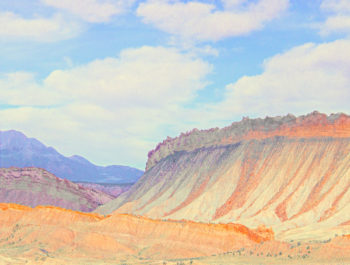Those Who Came Before – Part 2
Creativity is perceiving something familiar in an utterly new fashion.
Jeffrey S. Kingston
Introduction
I ended the first part of this essay by talking about the dichotomy introduced by the influence of the photographers that came before me. This dichotomy can be stated as such: having to choose between adopting the style of those who came before or creating a new style of our own invention. The implications of this choice are the subject of this second essay.
It is easy to be influenced by the photographers who came before us, especially when they are famous and their work is shown all over the place. I know because I have been influenced by those who came before me. How could I not? After all, I started doing photography because their work was so amazing, so beautiful, that I wanted to create images similar to theirs myself. This was a worthy goal at the time. It was also a challenge because I did not know how to make that possible. In fact, I doubted that it was possible in the first place. However, I believed that trying would get me closer to what stood as an ideal, an apex of achievement. Trying, getting a feel for how they did what they did, finding out what their secrets might be, discovering the ‘magic’ that enabled them to create such enthralling images, was enough to get me started on a journey of discovery.
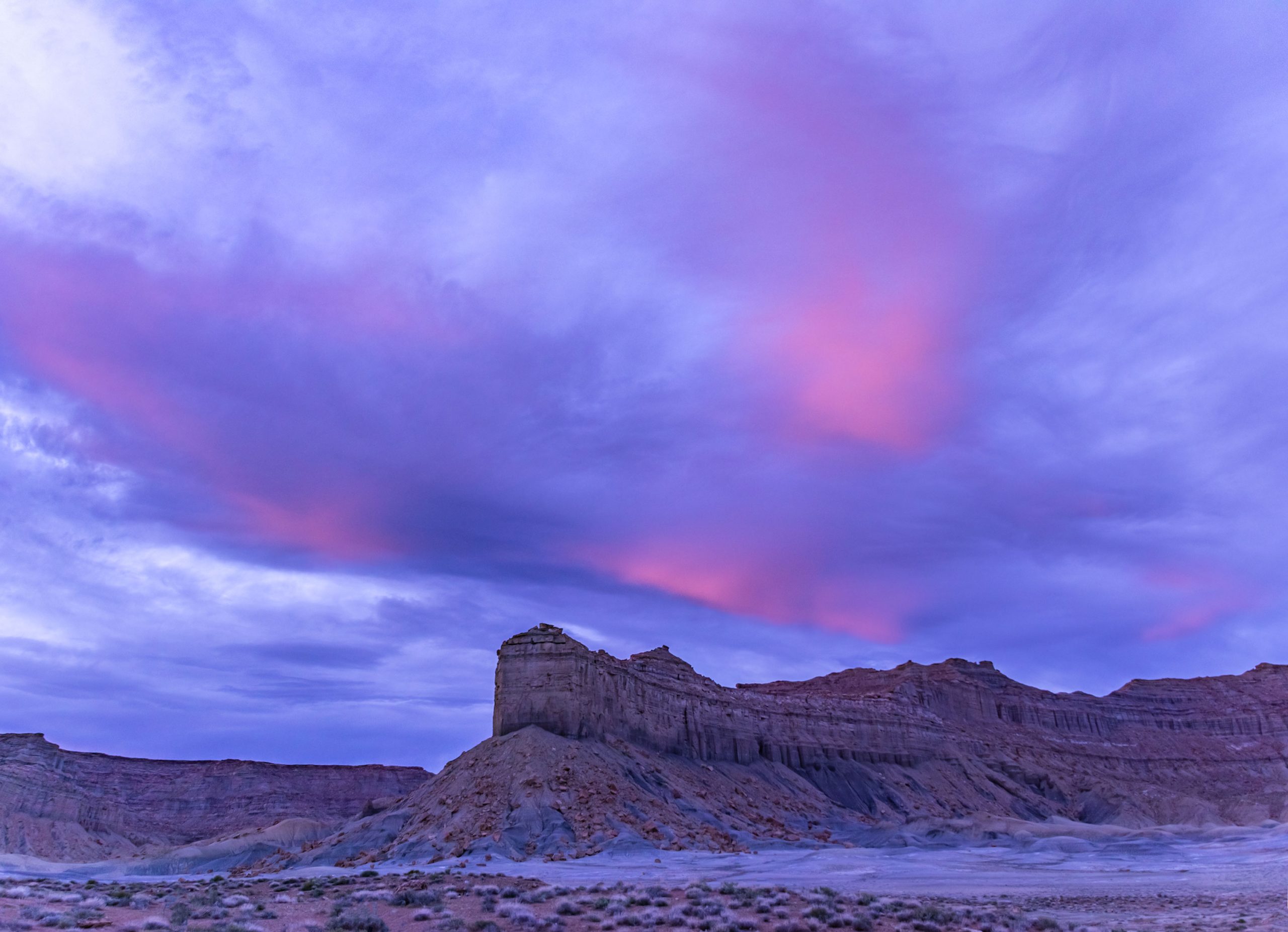
Anasazi
Animosity between current and previous generations is not unique to artists. It happens in many different endeavors. In the US Southwest, the Navajos call those who came before them the enemy ancestors, the Anasazi in their language. They are the prehistoric culture that inhabited the American Southwest until 1400 or so. Their way of life, their religion, their culture as a whole was different from that of the Navajos. They followed a different paradigm. At one time the two cultures coexisted in the southwest and these differences led to conflicts. Skirmishes and battles occurred between Navajos, the newcomers who drifted south from the northern passage to the Southwest, and the Anasazi, the ancestral Puebloans who had been there for generations and who saw their territory gradually occupied by another culture.
The Navajos’ animosity towards the Anasazi is cultural rather than artistic. Their story is not about artists and their predecessors. Yet it features similarities with the subject I am discussing here, with those that influence us. The Navajos desired the territory of those who came before them because the Southwest was a desirable place to live at that time. Those who came before did not want to let it go because they had made a successful life for themselves in that place. Two cultural groups trying to make a living in the same geographical location with natural resources unable to sustain a large population. It was the recipe for conflict.
Alan Woodman, my creative writing instructor at Northern Arizona University, described conflict in simple terms: two dogs, one bone. In the case of the Anasazi the ‘bone’ was their territory. In the case of artists, the ‘bone’ is their reputation and their body of work. In both instances, those who came before have the advantage because they already occupy the territory. They have already created a body of work and as a result have successfully claimed a space for themselves. The newcomer, me, the Navajos, another artist or whoever may be in such situation, has work to do. They must gain leverage, move into position and acquire what those who came before them already have. This work can be summed up in non-belligerent terms: to demonstrate the ability to do as well as those who came before. It can also be summed up in harsher terms: to demonstrate superiority. This task is easy to state but challenging to complete. However, it is the problem we have to solve in order to be successful.
The meaning of the term Enemy Ancestors is worth investigating. Ancestors is a word that acknowledges the importance that those who came before have on today’s Navajo culture. Enemy is a word that demonstrates the rivalry that existed between the two cultures. I see this situation as a parallel to the relationship between past and present artists and photographers. They are my ancestors because they played an important role in defining who I am today. At the same time, they are my enemies because of the inner conflict created by the necessity to wean myself from their influence. This influence, if left unchecked, will overwhelm me and make it impossible to be myself, express my own approach to art, and discover my own style. The same struggle existed between the Navajos and the Anasazi. What brought them together was living in the same geographical area and facing similar survival challenges. What kept them apart and caused them to become enemies is how they dealt with these challenges. They did not have the same approach to life. They did not believe in the same things. Each found different answers to similar difficulties. In short, they followed different paradigms. The same is true for artists from different generations. The generational gap brings different challenges, different ways of looking at the world, and by extension, different ways of approaching art and creativity. These differences are why different generations find different solutions to similar problems. They are friends and foes, inevitably close and far from each other.
Today the confrontations that occurred between Navajos and Anasazi. are over. The Anasazi are gone. Only the Navajos remain. However, the fear and suspicion the Anasazi instilled in Navajo culture is still there. Remnants of Anasazi culture –ruins, artifacts, rock art carvings, etc.– are reminders of what once was and what cannot be again. Contemporary Navajos have taken a different course towards the future, a course that takes into account what they see as the mistakes made by those who came before. Are these examples? Yes, both good and bad. Do they act as guidance? Only in the sense of what not to do again.
This is similar to how I feel about the artists and the photographers who came before me. The work that made them famous stands as an example of what can be done, not as a guidance for what I will do. The work of Ansel Adams, Vincent Van Gogh, Monet, and all those who came before, has been done. What I need is to do something new, something that has not been done before.
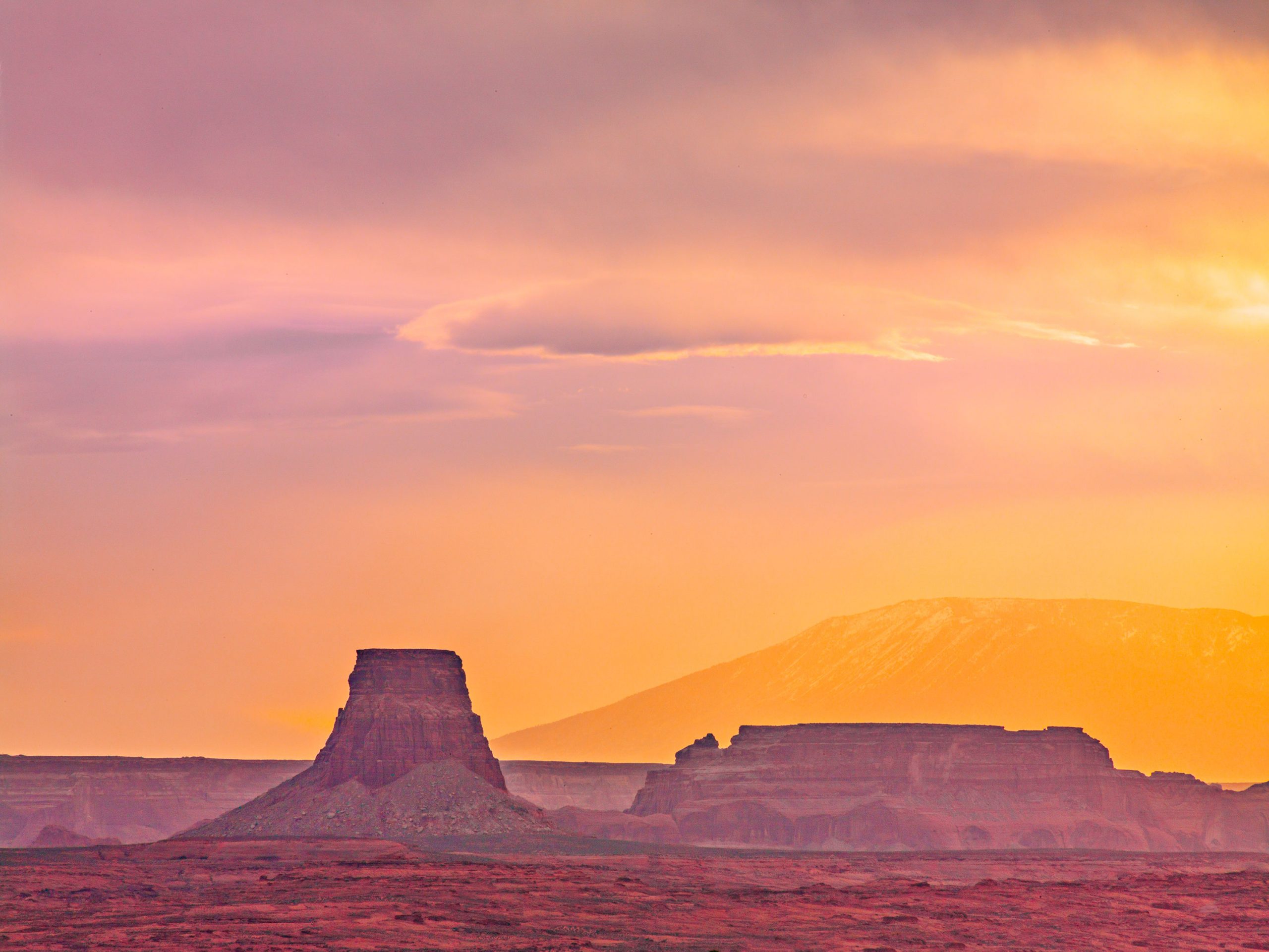
Stepping Away
Moving forward and leaving the past behind is nothing new. Native Americans have a ceremony aimed at putting the past behind them. They lay two blankets on the ground, one old and one new. During the ceremony that follows participants are asked to puts things from their past on the old blanket. These are things that represent events they want to forget. The patient is then asked to walk from the old to the new blanket. The stepping forward represents a step away from the past. By stepping from the old to the new blanket the participant metaphorically leaves their past behind.
I found it necessary to step away from the influence of those who came before me. In doing so I left behind both the physical aspects of their influence –books, photographs, cameras, darkroom equipment– and the mental aspects –tenets, paradigms, rules, and other influences. I left them on the old blanket when I stepped onto the new blanket, the one without anything on it, the one never walked upon. This new blanket represents my vision, my future. It also represents my decision to step away from the influence of those who came before me and from the limitations they imposed upon me.
As the name implies stepping away means leaving things behind, whether these things are tools or habits, physical objects or mental constructions. Physical attributes — objects, gear, and so on– are left behind. Mental constructions –paradigms, habits and acquired practices–follow the same route. When the process is complete only memories are left.
Stepping away is not reversible. When one steps away truthfully, one does so with no expectation of returning to their previous way of living, being and doing things. It is a one-way street.
I found it interesting that this process took place after I was able to create images that were completely different from those who came before me. It made me realize that stepping away was not a liberating process. It did not lead to the creation of new images. It followed the creation of new images. It was not a destructive process either. I did not destroy the old blanket in order to step onto the new one. I simply stepped away. I closed the door behind me. I left what was there behind me. It wasn’t a discovery either. I knew what I left behind and I knew what was waiting for me on the new blanket.
It was a confirmation. I was confirming that I had found my way, my style and that my decision was final. It was the last step in the process of letting go. By stepping away I let go of the influence of those who came before me. I was not forgetting them. The memories of their work, of their approach, of the paradigms they followed, would stay with me. However, they would no longer be influencing my creativity. They would be historical footnotes reminding me of what was there before.
Success Is Not Easy
Duplicating the work of influential artists is tempting for several reasons. Adopting a pre-existing style, created by those who came before, bypasses the challenges that come with creating a brand-new style. There is no need to find something new. There is no reason to worry about being criticized. There is no point wondering if the work will be accepted or not. Work that follows the tenets of an already popular movement joins a body of work that is already accepted. The ‘rules’ are set. All that is required is to follow them.
Success is guaranteed provided one can create work of the same caliber than that of the masters who created the adopted style. What suffers however is personal achievement. There is no real glory in adopting a previous style. Those who do so are successful not because of their work but because of the work of those who came before them. These previous artists are the trailblazers. All the others are copycats. No one cares to celebrate, acknowledge or reward copycats. At best they are told their work looks like the work of the masters. At worst the differences, the missing bits, are pointed out to them.
Those who came before knew that because they faced the same challenges and had to make similar decisions. They understood that copying the style of those who came before them was nothing more than an easy way to get attention for their work. An artistic escape to put it nicely or a cop out to put it bluntly. Instead of falling prey to the desire of achieving quickly what those who came before them achieved after years of hard work, they took a chance and created something new. They dealt with the rejection that never seen before images encounter. They faced the challenge of getting their work accepted as legitimate in the face of criticism. Their courage is what made them push forward until their work was accepted as legitimate. They succeeded because they refused to give up. What is truly impressive about their work is that they were the first to create images that are now world famous. This is quite different from seeking guaranteed success without having to put in the hard work or deal with the struggles, the setbacks and the criticism that inevitably come with doing something never seen before.
Joining a battle which is already won bypasses having to face criticism and rejection. It is the easy road to success. However, that success belongs to those who first created that style. All the others do nothing more than borrow this style for a while. In the end history will only remember those who first created these images, those who invented this style. The others will fade into the vast chasm of wannabes and copycats. Whatever success they may have will be temporary and will fade as quickly as it came.
The only way to generate lasting success is to be ourselves and create photographs that are ours. Not copies of previous photographs but entirely new images. And yes, doing so means having to face criticism and rejection because these are the consequences that every new work, every artist who creates a new style, has to contend with.
It is not us that people reject. It is change. People simply do not like change. By creating something different we create change and invite criticism. By joining an already existing successful style we embrace the status quo. Which approach we follow is a personal decision, one that makes all the difference.
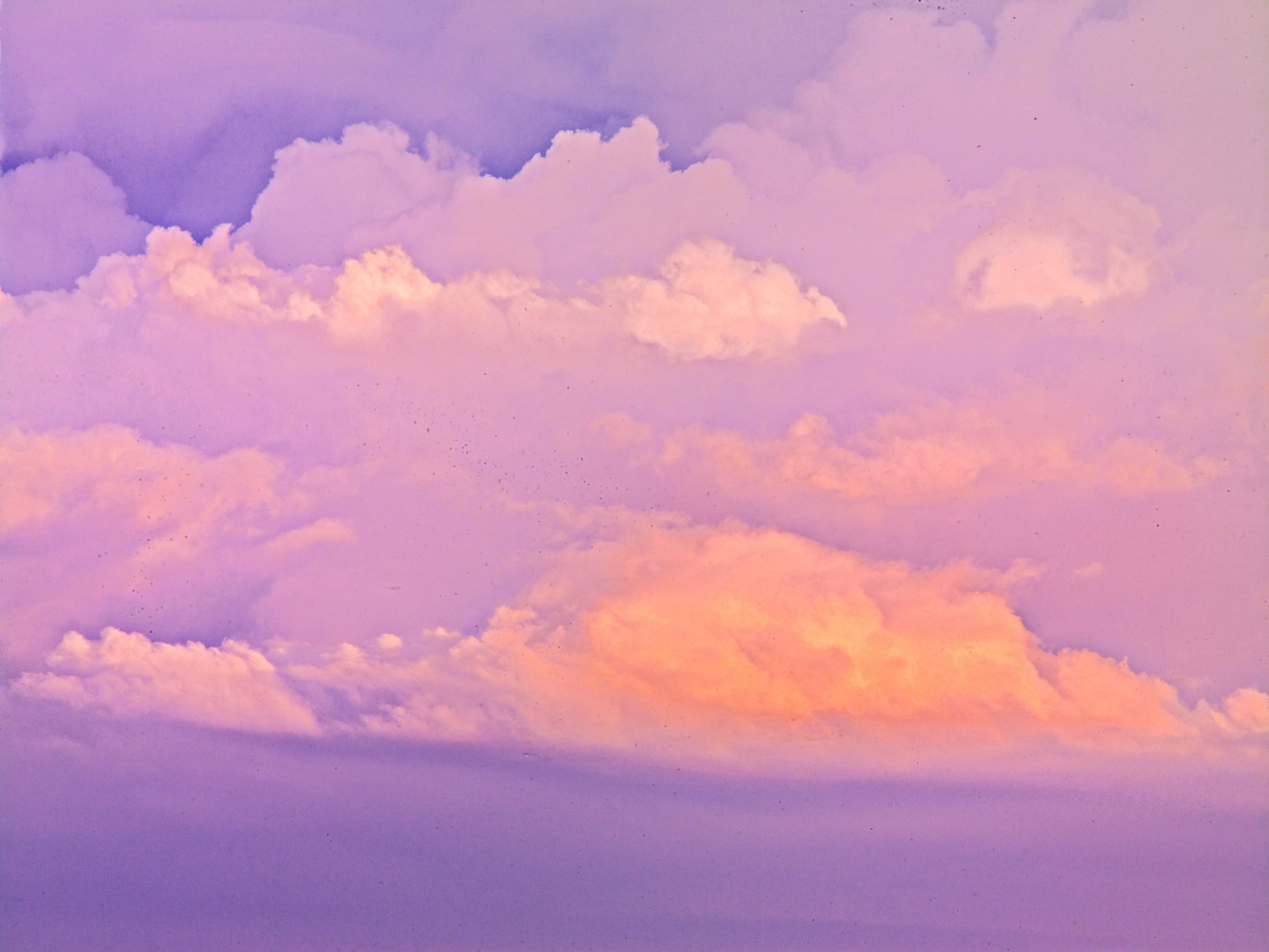
Conclusion
So, what should be the conclusion of all of this? What should we do? What attitude should we have towards those who came before? The answer is different for each of us. We have to make this decision individually. For me the proper attitude changed over time, from fascination to the desire to copy their work, to a critical stance, and finally to the desire to pursue my own style. The desire to recreate what they did is gone because I have learned that this desire was consuming my own vision. It was theirs versus mine and mine could not win unless their vision was pushed aside.
What those who came before did is great. Fantastic even. Important definitely. But it is said and done. It got us to where we are today. It fostered progress, it moved firings along. It forged a path. But this path only goes forward. It is not a ‘normal’’ path that we can take going one way then turn around and go back the way we came. It is a path that can only be traveled in the future’s direction. We only have so much time to travel this path so any attempt to go the other way, to turn towards the past, will take away from our future.
I love the work of those who came before me. They laid the path for my own work by providing inspiration and by showing how it can be done. However, I do not want to do this work all over again. Their work, their style, has been done. By whom? By them of course. To do it again would prevent me from doing my own work.
I want to look forward, not backward. I want to leave the past behind, where it belongs. I see the past not as a goal but as a starting point. Not as a destination but as inspiration. I want to step into the future not into the past. I don’t want the previous generation to suppress my generation. I don’t want my ancestors to kill my uniqueness. How this plays out is the subject of my next essay: How long does a style last?
About Alain Briot
I create fine art photographs, teach workshops with Natalie and offer Mastery Tutorials on composition, image conversion, optimization, printing, business and marketing. I am the author of Mastering Landscape Photography, Mastering Photographic Composition, Creativity and Personal Style, Marketing Fine Art Photography and How Photographs are Sold. All 4 books are available in eBook format on our website at this LINK. Free samplers are available so you can see the quality of these books for yourself.
You can find more information about our workshops, photographs, writings and tutorials as well as subscribe to our Free Monthly Newsletter on our website. You will receive 40 free eBooks when you subscribe.

Studying Fine Art Photography With Alain and Natalie Briot
If you enjoyed this essay you will enjoy attending a workshop with us. I lead workshops with my wife Natalie to the most photogenic locations in the US Southwest. Our workshops focus on the artistic aspects of photography. While we do teach technique, we do so for the purpose of creating artistic photographs. Our goal is to help you create photographs that you will be proud of and that will be unique to you. The locations we photograph include Navajoland, Antelope Canyon, Monument Valley, Zion, the Grand Canyon and many others. Our workshops listing is available at this link.
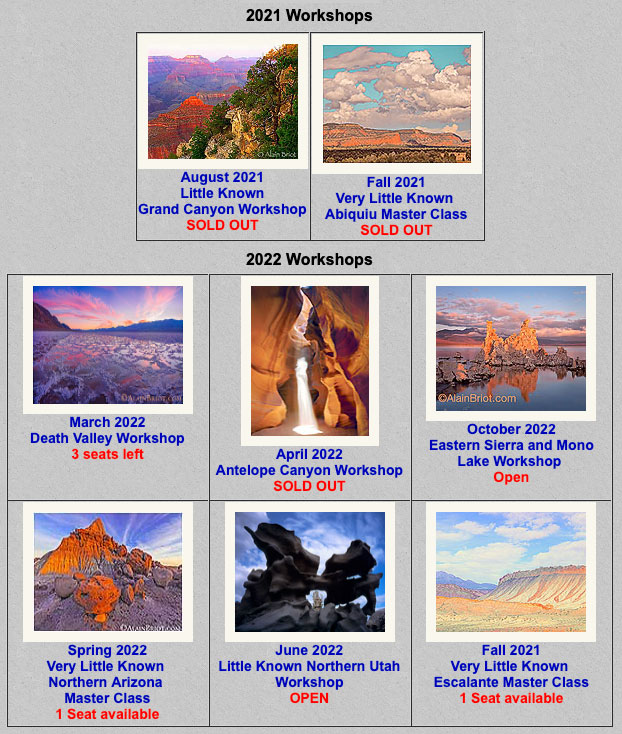
Alain Briot
August 2021
Glendale, Arizona
Author of Mastering Landscape Photography,Mastering Composition, Creativity and Personal Style, Marketing Fine Art Photography, and How Photographs are Sold. http://www.beautiful-landscape.com [email protected]








